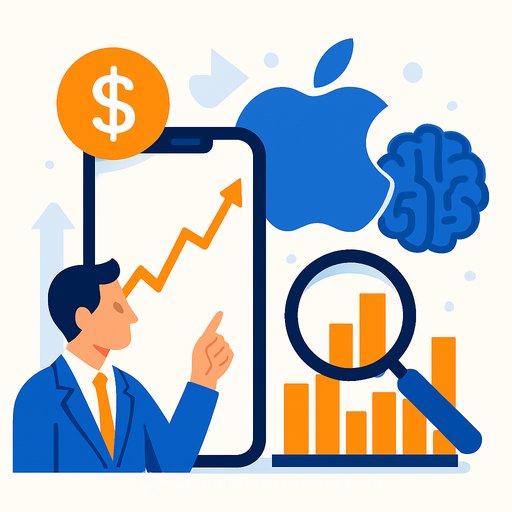You Want People Who Can Think and Ask the Right Questions - Inside Morgan Stanley Wealth Management's AI Playbook
Morgan Stanley Wealth Management manages trillions in client assets and supports more than 16,000 financial advisors. Its analytics function sits at the center of how the firm improves decisions, personalizes experiences, and scales outcomes with AI.
Atul Dalmia, Chief Analytics Officer, runs a 150-person global team with a simple rule: start with the problem, not the tool. As he puts it, asking "What business problem are we solving?" beats "How do we use AI?" every time.
Start with the business problem
Dalmia's focus is outcome-first. Define the decision, the metric, and the facts needed to improve it. Then apply analytics and AI to make those decisions smarter and faster.
Tools change. The mandate doesn't. Translate business needs into analytical frames, tell a clear story with data, and ship actions that move the numbers.
Evolve teams with a blend of legacy expertise and fresh talent
Don't discard institutional knowledge. Existing teams understand context, systems, and client nuance. That is an edge.
Augment it with new talent and new tools. Upskill the core, add specialists where needed, and keep the historical advantages while improving speed.
Roles aren't replaced - they're redefined
Yes, machine learning and decision science keep advancing. But people who connect data, manage platforms, and shape data processes remain crucial.
The differentiator is the ability to ask sharp questions. Every analytics function holds value; the win comes from evolving how each function contributes to efficiency and outcomes.
Leadership in an age of intelligent acceleration
The fundamentals haven't changed: know the business, produce insight, communicate it clearly. What has changed is speed and access - more people can get high-quality information, faster.
Value shifts toward thinking, strategy, and partnerships. As more work is automated, human judgment and relationships matter even more - especially in client-facing businesses.
AI complements human work
AI doesn't replace teams; it amplifies them. The real test isn't demos or pilots. It's measurable business impact.
Prioritize use cases that scale and prove commercial value - revenue growth, AUM lift, client retention, and risk reduction. Efficiency is good; outcomes pay for themselves.
What this means for executives
- Start every AI discussion with a business outcome. Who benefits? What decision changes? How will we measure it?
- Fund fewer use cases and scale the winners. Create shared data products so multiple teams can reuse the same assets.
- Protect institutional knowledge. Pair seasoned operators with new talent and modern tools; make upskilling a default.
- Treat data engineering and governance as first-class. Align to proven frameworks like the NIST AI Risk Management Framework.
- Measure value in hard metrics: revenue, AUM, conversion, retention, cost to serve, risk-adjusted return. Set baselines before launch.
- Build a culture of strong questions. Reward teams that clarify the problem, pressure-test assumptions, and simplify decisions.
Practical next steps
- Run an AI portfolio review: map use cases by value and feasibility; double down on those with a clear path to scale.
- Assign a single product owner per use case with direct ties to business KPIs and an agreed SLA with data/engineering.
- Invest in shared capability: feature stores, high-quality data pipelines, prompt libraries, and model monitoring.
- Automate operations; keep humans in the loop for judgment, exceptions, and client relationships.
- Stand up an upskilling plan that meets teams where they are. For finance-specific tooling, see this overview of AI tools for finance.
The anchor question
Dalmia's message is direct: always start with the business problem. If you chase technology, you lose the plot.
Build teams that think, question well, and move fast on the right few bets. That's how AI turns into durable advantage.
Your membership also unlocks:






